Time-Series Analysis and Cyclostratigraphy: Examining Stratigraphic Records of Environmental Cycles

Summary
Increasingly, environmental scientists, palaeoceanographers and geologists are collecting quantitative records of environmental changes (time series) from sediments, ice cores, cave calcite, corals and trees. This book explains how to analyze these records, using straightforward explanations and diagrams rather than formal mathematical derivations. All the main cyclostratigraphic methods are covered, including spectral analysis, cross-spectral analysis, filtering, complex demodulation, and wavelet and singular spectrum analysis. Practical problems of time-series analysis are considered in detail. Recent research into various types of tidal and climatic cycles is summarized.
Similar Books
-
 Principles of Applied Geophysics
Principles of Applied Geophysicsby D.S. Parasnis
-
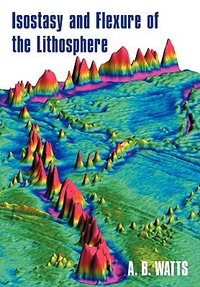 Isostasy and Flexure of the Lithosphere
Isostasy and Flexure of the Lithosphereby A.B. Watts
-
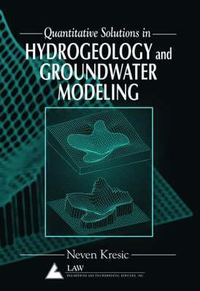 Hydrogeology and Groundwater Modeling
Hydrogeology and Groundwater Modelingby Neven Kresic
-
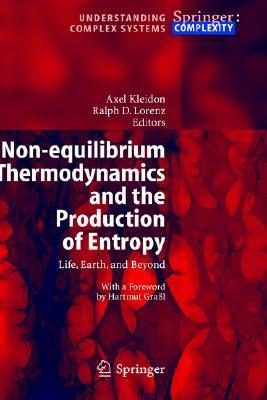
-
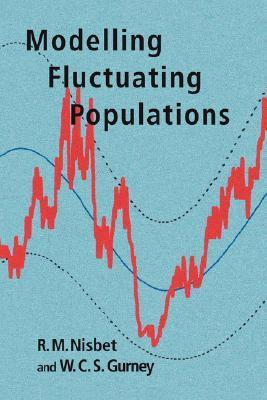 Modelling Fluctuating Populations
Modelling Fluctuating Populationsby Roger M. Nisbet
-
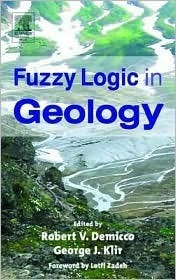 Fuzzy Logic in Geology
Fuzzy Logic in Geologyby Robert V. Demicco
-
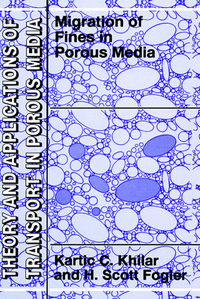 Migrations of Fines in Porous Media
Migrations of Fines in Porous Mediaby Kartic C. Khilar
-
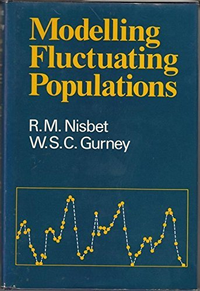 Modelling fluctuating populations
Modelling fluctuating populationsby Roger M. Nisbet
-
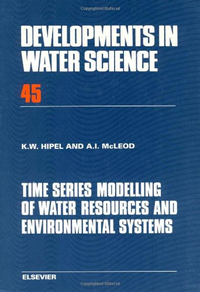
-
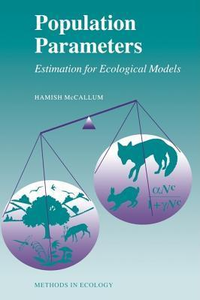 Population Parameters: Estimation for Ecological Models
Population Parameters: Estimation for Ecological Modelsby Hamish McCallum
-
 Spatiotemporal Environmental Health Modelling: A Tractatus Stochasticus
Spatiotemporal Environmental Health Modelling: A Tractatus Stochasticusby George Christakos
-
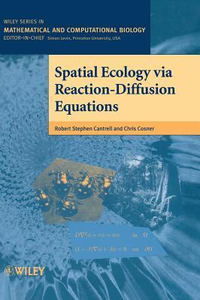 Spatial Ecology via Reaction-Diffusion Equations
Spatial Ecology via Reaction-Diffusion Equationsby Robert Stephen Cantrell
-
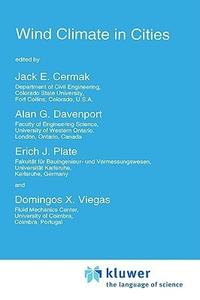 Wind Climate in Cities
Wind Climate in Citiesby Jack E. Cermak
-
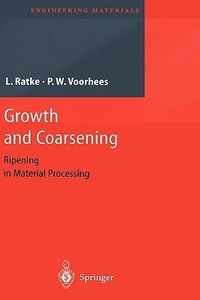 Growth and Coarsening: Ostwald Ripening in Material Processing
Growth and Coarsening: Ostwald Ripening in Material Processingby Lorenz Ratke
-
 Applied Hydrogeology for Scientists and Engineers
Applied Hydrogeology for Scientists and Engineersby Zekâi Şen
-
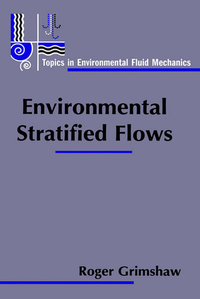 Environmental Stratified Flows
Environmental Stratified Flowsby Roger Grimshaw
-
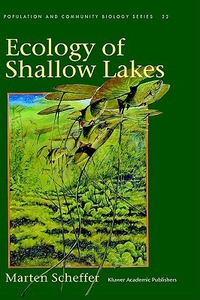 Ecology of Shallow Lakes (Population and Community Biology
Ecology of Shallow Lakes (Population and Community Biologyby M. Scheffer
-
 NUMERICAL OCEAN CIRCULATION MODELING
NUMERICAL OCEAN CIRCULATION MODELINGby Aike Beckmann
-
 Climate Under Cover: Digital Dynamic Simulation in Plant Bio-Engineering
Climate Under Cover: Digital Dynamic Simulation in Plant Bio-Engineeringby Tadashi Takakura
-

-
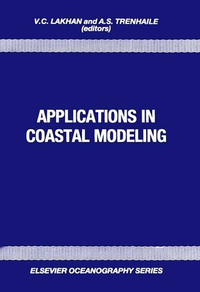 Applications in Coastal Modeling
Applications in Coastal Modelingby V.C. Lakhan
-

-
 Advanced Geological Map Interpretation
Advanced Geological Map Interpretationby F. Moseley
-
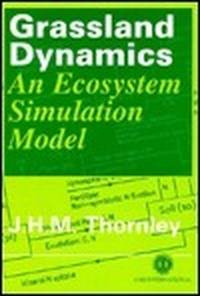 Grassland Dynamics: An Ecosystem Simulation Model
Grassland Dynamics: An Ecosystem Simulation Modelby John H.M. Thornley